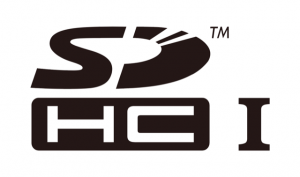Dave Maine
Well-Known Member
- Joined
- Jan 27, 2018
- Messages
- 1,546
- Reactions
- 1,123
- Age
- 82
You are partially right. DJI writes it's own writer drivers and hardware to perform disc writes and reads. It is designed to write comfortably below the media's write speed maximum. It is probably the software that handles the writing speed, as it knows and governs the rate that the sensor data is clocked out to be written. The hardware simply records what it is sent, and there is no reason that it is any USB standard at all since once the file is written on a formatted HD, usb is not relevant. The file, wrapper, and codec are what describes the file and are all encoded in the video stream. A video file can be read by multiple device interfaces including the USBs, eSata, PCI, and others with no changes to the original file at all. The next generation will be USB4/Thunderbolt4 and probably others to accommodate the data rates of 8K video in ProRes444HQ and other encodings.
If you are experimentally minded, you can test various parameters using a program freely available from BlackMagicDesign, the makers of Resolve, Fusion, and a bunch of high end video cameras and gear. A search for "blackmagic design speed test download" will get you one for your operating system Another helpful utility is "MediaInfo" (for the Mac) that gives you a lot of information about any video file you have recorded, including what write speed was used in creating the file.
If you are experimentally minded, you can test various parameters using a program freely available from BlackMagicDesign, the makers of Resolve, Fusion, and a bunch of high end video cameras and gear. A search for "blackmagic design speed test download" will get you one for your operating system Another helpful utility is "MediaInfo" (for the Mac) that gives you a lot of information about any video file you have recorded, including what write speed was used in creating the file.










